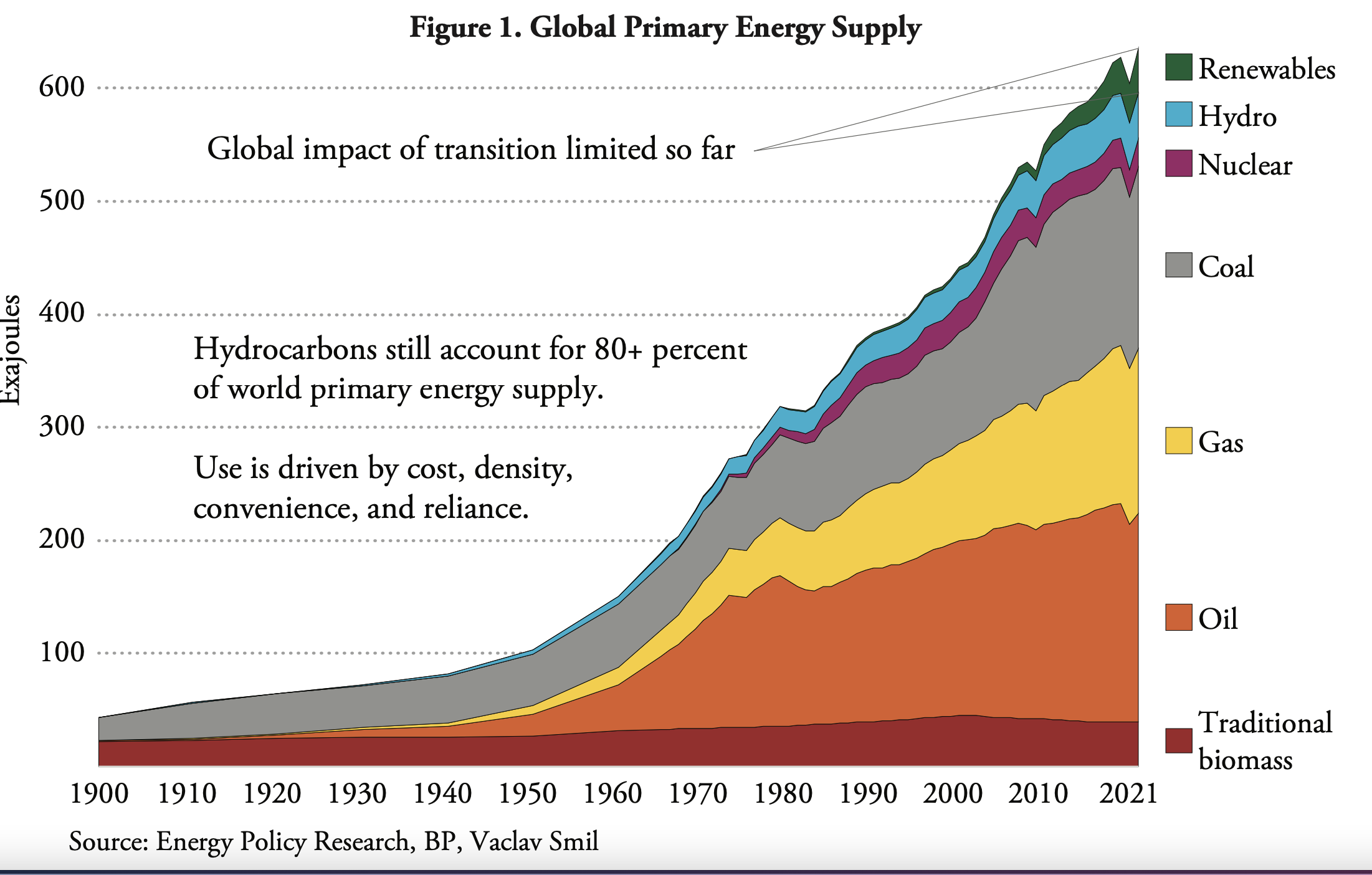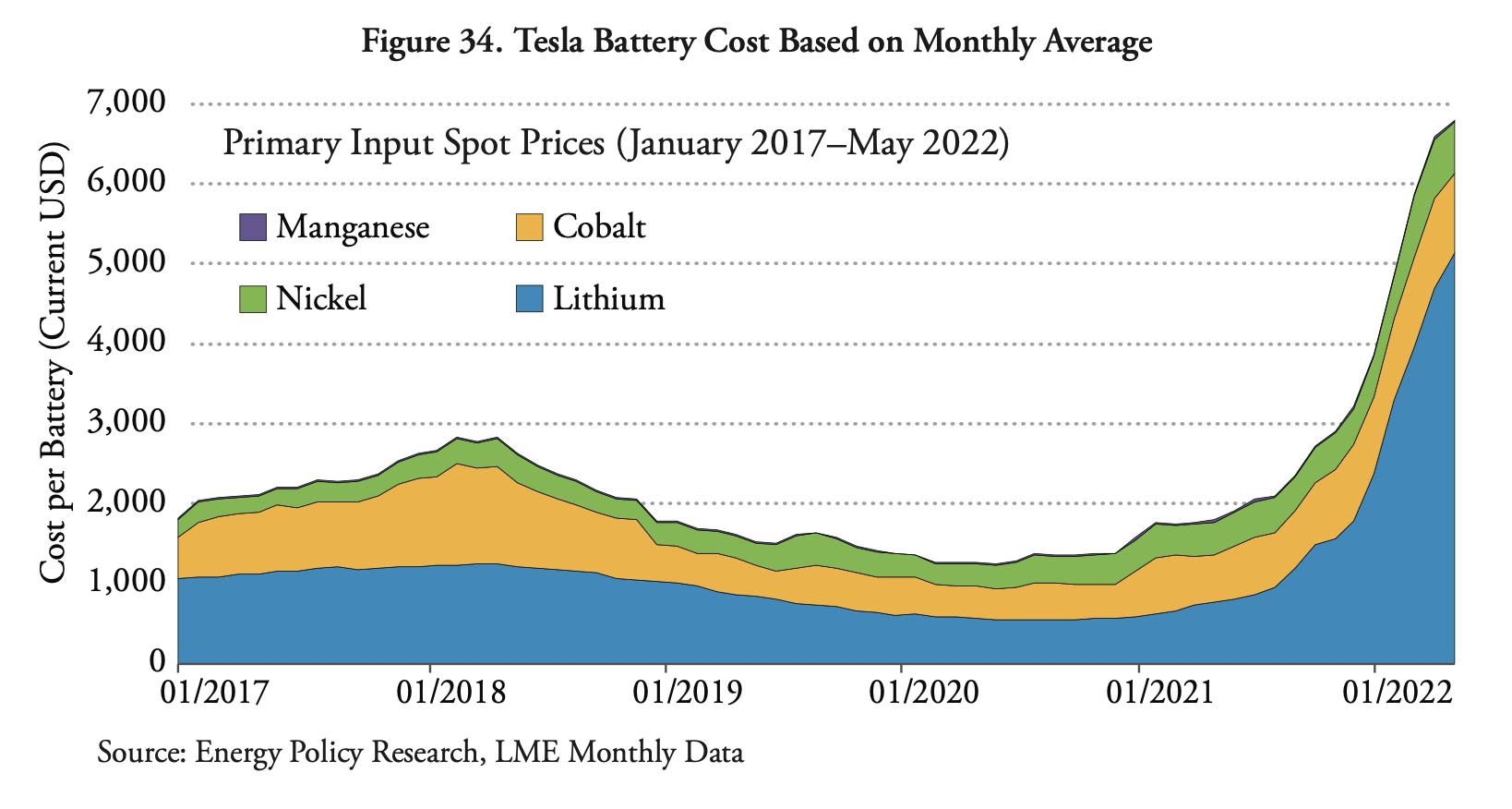As yet another example of a bureaucracy gone completely nuts, consider the International Energy Agency. IEA started out in the 1970s as a consortium of Western nations organized to counteract the oil price shocks imposed by OPEC in those years. That seemed reasonable enough. But somewhere along the line, gradually, the mission, let us say, evolved. Today, IEA is fairly described as a center of advocacy for elimination of fossil fuels from the world’s energy supply.
In May 2021 IEA published a big Report with the title “Net Zero by 2050: A Roadmap for the Global Energy Sector.” You might get the impression from the title and some of the text that this could be just a few helpful “how to” tips on reducing emissions. But you don’t need to get too far into the document to figure out that it’s really another one of those crazed demands for immediate desperate action to save the planet from impending doom — the difference being that this one is directly funded by essentially every major Western government. From the Foreword:
We are approaching a decisive moment for international efforts to tackle the climate crisis – a great challenge of our times. The number of countries that have pledged to reach net‐zero emissions by mid‐century or soon after continues to grow, but so do global greenhouse gas emissions. This gap between rhetoric and action needs to close if we are to have a fighting chance of reaching net zero by 2050 and limiting the rise in global temperatures to 1.5 °C. Doing so requires nothing short of a total transformation of the energy systems that underpin our economies.
Now, two years later, along comes a serious group with a comprehensive critique of the IEA’s Report. The critical group is the Energy Policy Research Foundation, which has been funded in this project by the Real Clear Foundation (the people behind Real Clear Politics). The EPRF has produced its own Report, with a date of June 2023, titled “A Critical Assessment of the IEA’s Net Zero Scenario, ESG, and the Cessation of Investment in New Oil and Gas Fields.” This Report is 75 pages long, and well worth a look. The lead author is named Batt Odgerel; and the editor is Rupert Darwall.
The main themes of this EPRF Report are much in line with some oft-repeated mantras from this website: ignorant bureaucrats, this time from IEA, are seeking to force transformation of a highly complex energy supply system, with no idea of what the replacement will be, whether it will work, or how much it will cost. My only real criticism of this EPRF Report is that the authors adopt a serious and high-minded tone, rather than the scorn and ridicule that would be more appropriate for a critique of IEA’s incompetent and amateurish efforts.
But with that, I’ll select a few choice quotes. Key excerpt from the Foreword:
The Energy Policy Research Foundation’s analysis conclusively demonstrates that the IEA’s assumptions are unrealistic, internally inconsistent, and often support the case for increased hydrocarbon fuel production. The whole of the IEA net zero roadmap pivots on the assumption that the plunging cost of wind and solar will destroy demand for oil and gas. If that does not hold, the whole roadmap goes up in smoke. But as this report shows, the IEA’s own analysis contradicts its assumption on the economic superiority of renewable energy. In reality, the IEA’s “net zero roadmap” is a green mirage that will dramatically increase energy costs, devastate Western economies, and increase human suffering. As such, investment managers and banks that use other people’s money to advance this anti-investment agenda are violating their fiduciary obligation to maximize returns for retirees, investors, and shareholders.
I would only add to that that if the IEA were right that “plunging cost of wind and solar will destroy demand for oil and gas,” then there would obviously be no need or reason for a government-forced energy transition. It would happen on its own via private investment.
Here from the EPRF Report is the status on how the so-called “energy transition” is going, about 20 years into the crash program of governments to transform the energy economy:
According to BloombergNEF, over US$6.5 trillion (nominal) has been invested worldwide in the energy transition (excluding investment in power grids) between 2004 and 2022, but the share of non-hydro renewables was just 6.7% of total global primary energy consumption in 2021.
And here’s the accompanying chart:

IEA seems to think that electric vehicles will save the world because they have “zero emissions” and their costs will rapidly plunge. Here is a chart from the EPRF Report on costs of the main materials for EV batteries (which are the main component of an EV):

And as to EVs being “zero emissions”:
China leads the world in EV sales and manufacturing, but it also consumes a large amount of coal. In 2020, coal accounted for 60.6% of China’s primary energy demand and 63.3% of its electricity production, meaning that EVs powered by electricity generated in China indirectly emit substantial GHG emissions.
And finally, there’s the small problem that much or most of the technology assumed by IEA in its net zero transition scenarios either has not been demonstrated at scale or, more often, hasn’t even been invented yet:
“Energy Technology Perspectives 2023” (ETP-2023), one of the IEA’s flagship reports, acknowledges that “getting to net zero is not possible without more innovation”. According to the report, under the NZE scenario, about 50% of all emissions reductions in 2050 come from technologies that are at prototype or demonstration stages today.
There’s much, much more in this Report should you have the time and inclination. Anyway, many thanks to EPRF and the Real Clear Foundation for putting in some effort to expose the ridiculousness of the campaign to force an end to fossil fuels before anyone has a clue what is going to replace them.
No comments:
Post a Comment